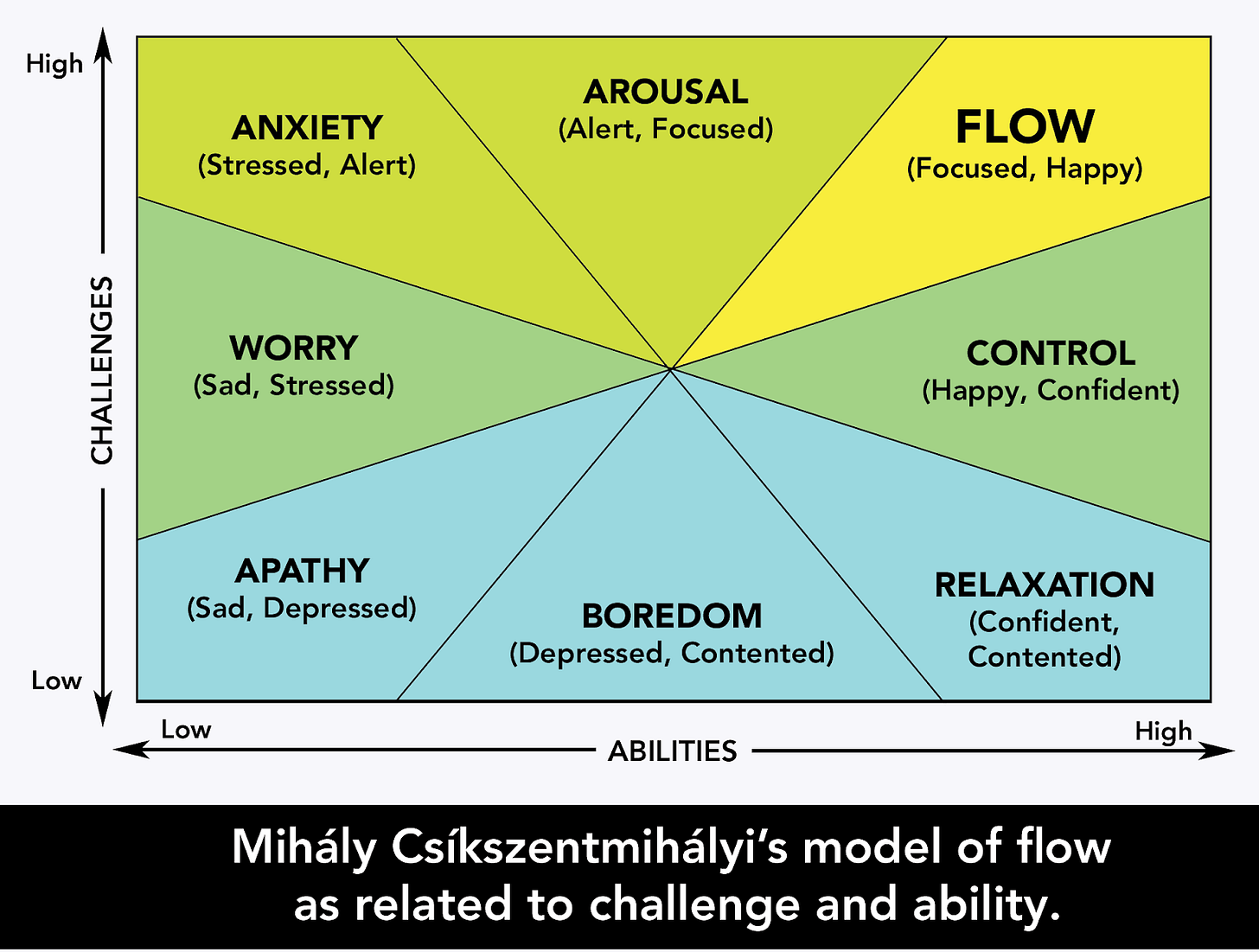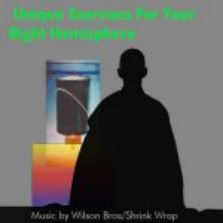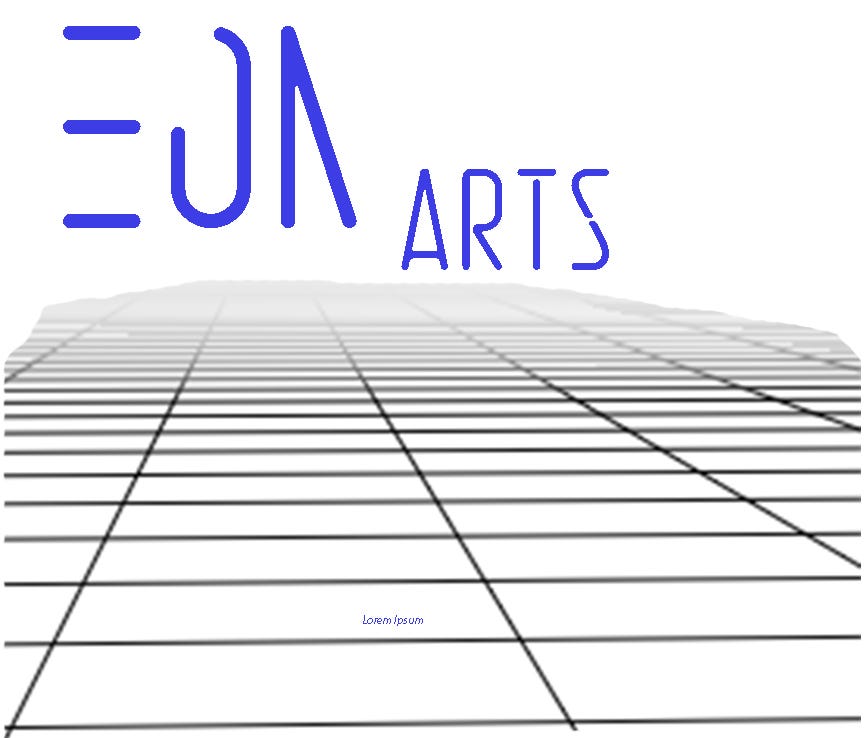Passive Flow Vs. Active Flow
By James Wilson
The Magic of Flow: When Time Stands Still
Ever been so absorbed in something that the world around you just... disappeared? That's “flow”. A psychologist with an impossibly long name (Mihály Csíkszentmihályi, if you're curious) first described it in 1975, and scientists are still fascinated by it today.
Think of flow as coming in two flavors: active and passive. They're like two sides of the same coin, each with its own special magic. Let's break this down.
The Active Flow State: Getting in the Zone
Before we dive into active flow, we need to talk about your nervous system. You've got two main gears: your "fight or flight" mode (sympathetic system) and your "rest and digest" mode (parasympathetic system). One gets you ready for action, the other helps you chill out.
Active flow is what happens when these two systems find perfect harmony. Athletes call it "being in the zone" - that sweet spot where you're both relaxed and laser-focused. Time melts away. Everything clicks. You're not thinking about what you're doing; you're just doing it. And it feels amazing.
The Passive Flow State: The Art of Letting Go
Passive flow is flow's quieter cousin. Instead of crushing it at sports or work, you might be meditating or just letting your mind wander. Science (using EEG technology) has shown that meditation kicks your relaxation system into gear and puts your brain in what's called the alpha state.
There's even a device called the Flow Machine that can help trigger this state. It works by engaging your brain's right hemisphere, which gives the logical left side a chance to take a breather. Think of it as hitting the reset button on an overworked mind.
The Theta Zone: Where Magic Happens
Ever driven on an empty highway and suddenly realized you can't remember the last few miles? That's your brain slipping into theta state - a kind of mental sweet spot where creativity flows freely and time seems to stand still.
In this state, ideas pop up without judgment. Solutions to problems emerge out of nowhere. It's like your mind finally has the space to play with possibilities. Some people reach this state through meditation, others through long drives or simple daydreaming.
This theta state is particularly interesting because it's where our minds feel most free. There's no inner critic, no pressure - just pure, unfiltered thinking. It's where some of our best ideas come from, and it's a crucial part of the flow experience.
The beauty of flow - whether active or passive - is that it's not just some mystical state. It's a natural human experience that we can all access. It's our brain's way of finding balance in a world that often feels anything but balanced.
The Flow State and Music
Ever notice how music can sweep you away? Musicians talk about getting "in the groove" - that magical moment when everything clicks. It's like the rest of the world fades away, and you're riding this perfect wave of creativity. If you've ever played in a band, you know what I mean. Everyone's so in sync it's almost scary, like you can read each other's minds. (And no, you don't need Spock's telepathic powers to get there!)
But here's the cool part: you don't have to be playing music to experience this state. Just listening to the right piece can transport you to that same peaceful headspace. Musicians call this getting "in flow" - there are actually two types. There's active flow (described above), which is what performers experience when they're creating music, and passive flow (also described above), which is what happens when you're completely absorbed in listening. Both are so enjoyable that people often find themselves chasing that feeling again and again.
The science behind this is fascinating. Both types of flow light up the right side of your brain, which triggers your body's natural relaxation response. This isn't just about feeling good - it's about your health. Stress is behind a lot of serious conditions like PTSD, heart disease, asthma, depression, and anxiety. Some rehabilitation programs even use music to help people recovering from addiction.
Here's something interesting I've discovered from my own experience playing in jazz groups and working with slower, more meditative music: getting comfortable with passive flow (just listening deeply) seems to make it easier to reach active flow when you're performing. It's like training wheels for your brain. Whether you're making music or just soaking it in, that flow state is something special - a little slice of pure joy that's good for both mind and body.
eon-arts.com




